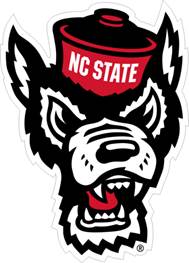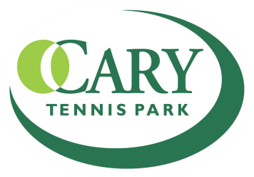Author: Jennifer DeRosa, PT, DPT, ATC
Due to the substantial impact of athletic injuries, debates continue with regards to specific equipment, protocols, and playing surfaces that will maximize players safety and minimize risk of injury. Challenges with finding the correct answer is due to the multitude of variables that need to be taken into account, to include: players age and physical shape, weather and surface conditions, type of shoe wear, and contact vs non-contact injuries. Most recently this debate revived when Aaron Rodgers tore his achilles while playing on artificial turf. While it is uncertain if this was the cause of his injury, the issues arose once again.
Artificial turf has become a widely adopted playing surface due to its increased functionality and decreased cost compared to natural grass that allows for more sports to play on the surface for longer periods of time with decreased maintenance costs.
Benefits of Turf:
- Easier to maintain
- Accommodates a variety of activities
- Can practice in almost any weather without damaging the ground
- Doesn’t freeze in winter or thin out in the summer
Injury risk of Turf vs Grass:
Artificial turf generation is an important component in detecting overall injury risk. With evolving technology, newer generation turf may be safer than older generation turf, however this most studies on injury rates may not have included the newer generation. As a whole, data suggests the rate of overall injury are similar when comparing grass to turf; however, there are some studies that do report the following:
- Higher incidences of foot/ankle injuries on turf vs grass due to turf exhibiting higher frictional co-efficient
- Hip, knee, and overall injury rates are equivalent between the two surfaces among elite level football players that demonstrated an increased knee injury rate on turf vs grass
- Concussion rates lower on turf vs grass
So why is it still a debate? Most of these studies were performed between 2012-2018 and turf has improved dramatically over the past 10 years. Therefore, further research is needed to determine the impact of factors such as turf quality, shoe wear, and injury prevention programs. Also, within the NFL, the players’ union prefers grass and continues to push for it to reduce injuries. Currently, half of the stadiums use artificial turf.
So what to injury prevention strategies can be taken while the debate continues?
- Proper footwear: look for specific cleats that offer protective padding made to hold up on turf and give support (shorter, rounder studs)
- Regular field maintenance (i.e.: clear of debris, proper preparation with extreme temperature changes)
- Avoiding use of cleat covers or any material that disrupts the shoe-surface interaction
- FIFA 11+ Injury Prevention Program
There continues to be evolving technology with both grass and turf and the future may be with Hybrid fields that will be introduced more during the 2026 World Cup. So stay tuned….









